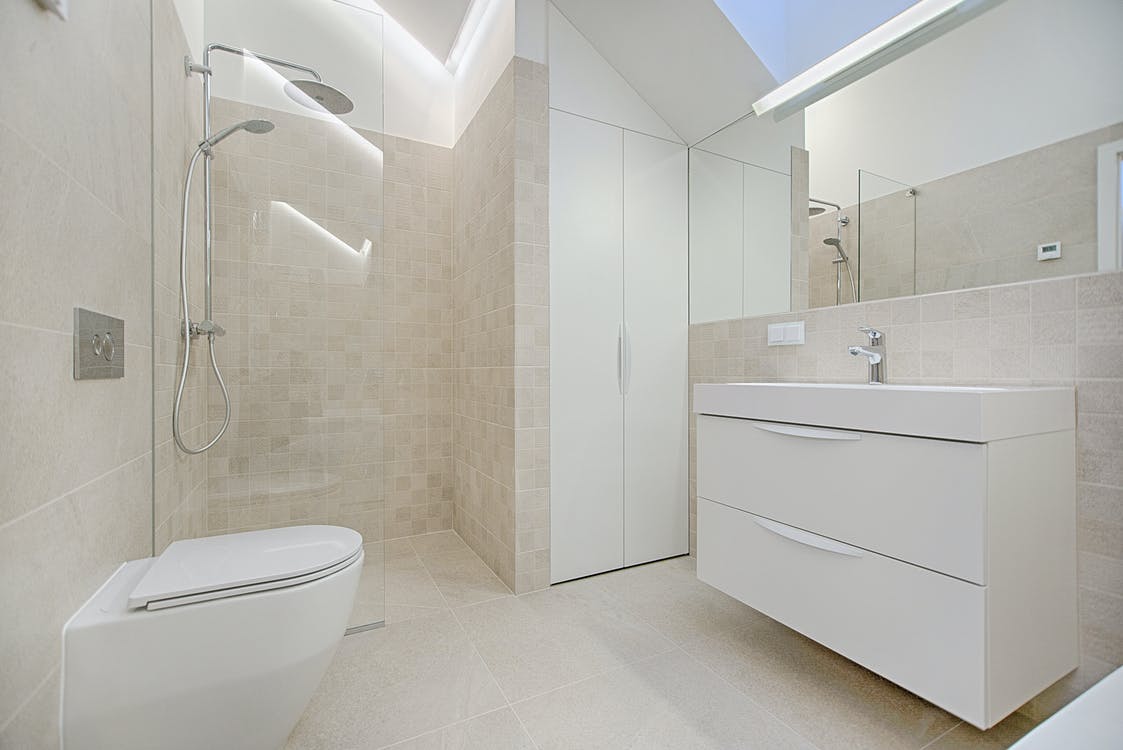How to Maintain a Toilet in Your Apartment

Your apartment's toilet is essential, as it removes sanitary waste. Most people only think about it if it malfunctions. Then, correcting any issues becomes a top priority because, without it, we are in a desperate situation with literally nowhere to go.
As long as you are consistent, you should be able to maintain an apartment toilet independently. However, if there are more severe issues like cracks, leaks, and large blockages, it is better to call a plumber to fix them. Then, you can enjoy your time on the toilet, knowing it will serve you well.
Taking care of your throne before things go sideways is a wise idea, but that is easier said than done for most. To avoid bathroom disruptions, here is how to maintain a toilet.
Inspect It for Leaks
Your toilet has two areas where water is held and a connection where it comes in, and this is where a water leak can occur. Look around the toilet base to see any wetness.
If you find some, try to trace its origin. Is it coming from the tank? Is there a leak from the water line behind the toilet? This is clean water. Does the bowl leak? Water coming from the bowl is not clean, but either way, if there is a leak, you need to fix it.
It may be as simple as tightening the water line connection to the tank. However, if there is a crack in the tank or bowl, you may need to replace the tank or toilet altogether.
Check How the Bowl Drains
When you flush a toilet, water is released from the tank with enough force to wash away your waste and refill it successfully. Over time, mineral buildup can partially block the jet holes under the toilet's rim. Water needs to flow through these with enough force for a successful flush, so it is a good idea to check these out and clean them a few times a year or when you notice that the bowl drains slowly.
You can use a wire hanger or other wire tool to clean these out. Mix a water/bleach solution 10 to 1 and pour it into the tank's overflow tube. Let it sit for about 5 minutes and then flush. Vinegar works well, too. After flushing, use a light scrubbing pad on the jet holes and repeat the cleaning solution into the tube.
Clean the Drain Pipes
We all know about the dreaded toilet clog and want to avoid it. You don't know when this will occur because a slow buildup in the pipes typically causes it. To maintain flushing function, practice clog-clearing methods regularly.
Pour one cup of baking soda and two cups of vinegar into the bowl. Boil a pot of water and pour it in. It should trigger a flush, washing this combination down the drain.
When vinegar and baking soda mix, the chemical reaction dissolves any buildup in the drain pipes. Do this once a month to maintain a clear pipe passage.
Ensure Tank Operations are Working Good
All the action and moving parts are inside the tank. To keep your toilet running smoothly, ensure everything operates as it should. While you may not be a plumber or a toilet technician, it is easy to figure out how it works. Remove the tank lid and watch how things move during a few flushes.
Is there too much slack in the chain when flushing? It could get caught below the flap and allow water to leak through. Does the float rise too high before shutting off the incoming water? You can adjust this so you use less water with each flush.
Another thing to check in the tank is if there is mineral buildup on the parts or inner walls. This is a sign of hard water, which can lead to blockages in the pipes and down the drain. You can install a water softener in your home, which will benefit your toilet and other appliances like your dishwasher and washing machine.
Another trick is to put a few drops of food colouring in the tank to see if it leaks into the bowl. This means you don't have a tight seal on the flapper, which may need cleaning or replacing.